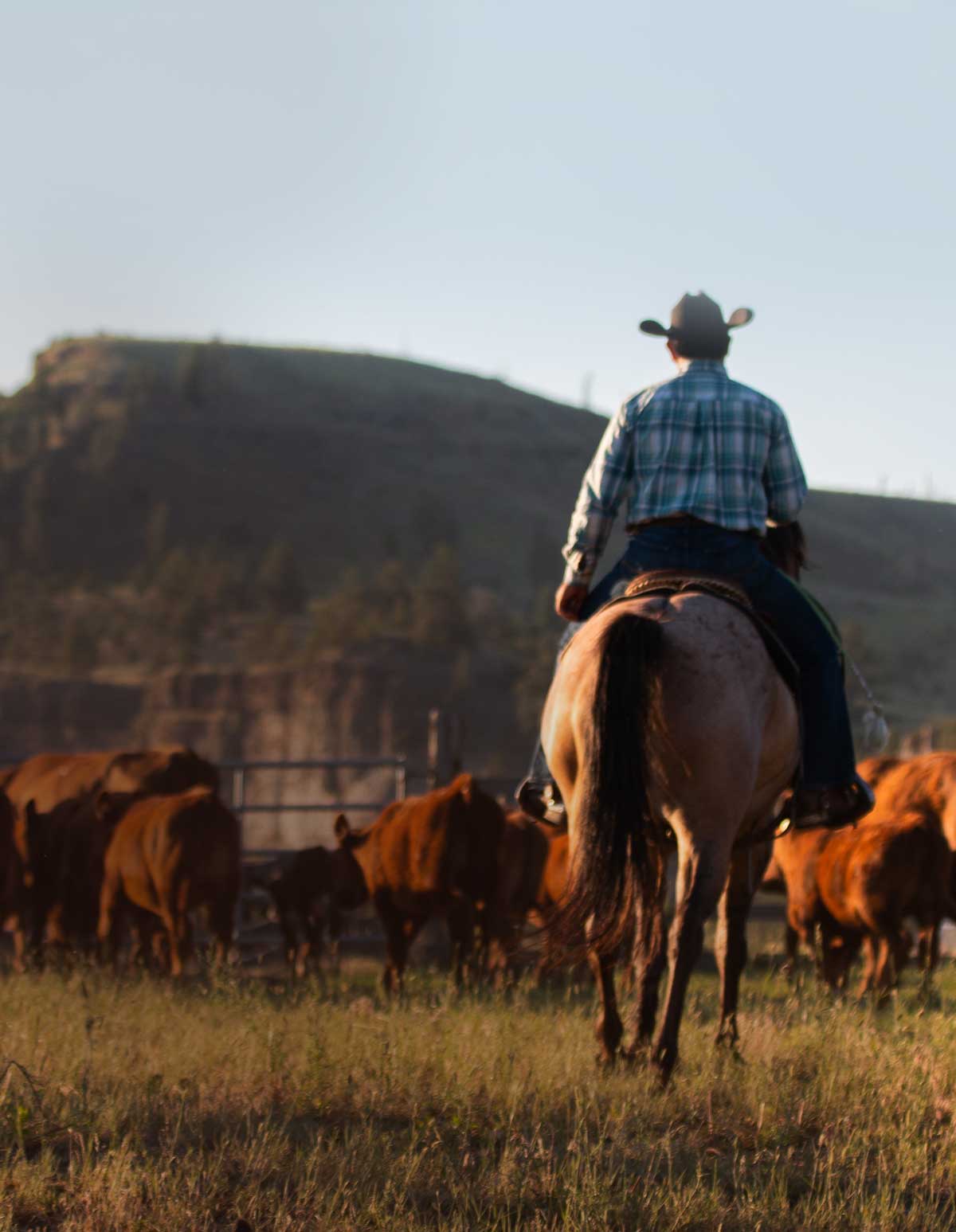The American Carbon Registry (ACR) methodology for Grazing Land and Livestock Management (GLLM) is inactive and ineligible for crediting projects on ACR. ACR has determined that the methodology requires updates to measurement, monitoring, reporting and verification requirements to be consistent with the current version of the ACR Standard.
Methodology History
The methodology is applicable to beef and dairy production worldwide. It is designed to ensure the complete, consistent, transparent, accurate and conservative quantification of GHG emission reductions associated with a GLLM project. It focuses on five primary GHG sources, sinks and reservoirs (SSRs) affected by beef and dairy production – enteric methane, manure methane, nitrous oxide from fertilizer use, fossil fuel emissions, and biotic sequestration in above- and below-ground biomass and soils – and provides accounting modules for each of these.
The methodology’s modular structure gives livestock producers the flexibility to select the modules relevant to their baseline management and chosen GHG mitigation activity. To improve usability and cost effectiveness, the methodology provides a graduated approach to GHG accounting: a tool is provided for an up-front estimate of GHG impacts by SSR, using simple data inputs, and then the complexity and data requirements of the required GHG accounting methods correspond to the scale of impacts expected for that SSR. For micro- and small impacts, simplified accounting methods are provided.
The GLLM Methodology was developed by Winrock International with generous support from the David and Lucile Packard Foundation, and advice from a livestock Technical Advisory Committee.
GLLM Methodology lead authors:
- Tim Pearson, Winrock International – Ecosystem Services
- Nancy Harris, Winrock International – Ecosystem Services
- Nicholas Martin, Winrock International – American Carbon Registry
- Lauren Nichols, Winrock International – American Carbon Registry
- Jonathan Winsten, Winrock International – Environmental Resources Trust
- Jenn Holthaus, Winrock International – Environmental Resources Trust
- Gustavo Cruz, UC Davis / Cargill
GLLM Technical Advisory Committee:
- Shawn Archibeque, Colorado State
- Richard Conant, Colorado State
- Stephen De Gryze, Terra Global Capital
- David Diaz, The Climate Trust
- Alan Franzluebbers, USDA – Agricultural Research Service
- Karen Haugen Kozyra, Prasino Group / BIGGS project
- Ermias Kebreab, UC Davis
- April Leytem, USDA – Agricultural Research Service
- Arvin Mosier, USDA – Agricultural Research Service, ret’d
- Matt Sutton-Vermeulen, Prasino Group / BIGGS Project
- Juan Tricarico, Dairy Management Institute



